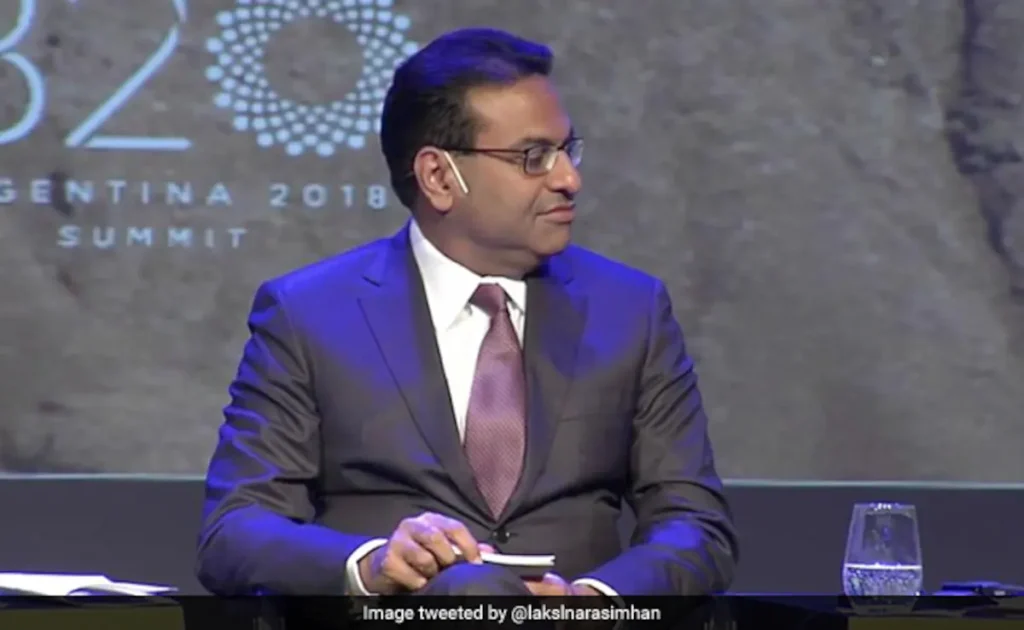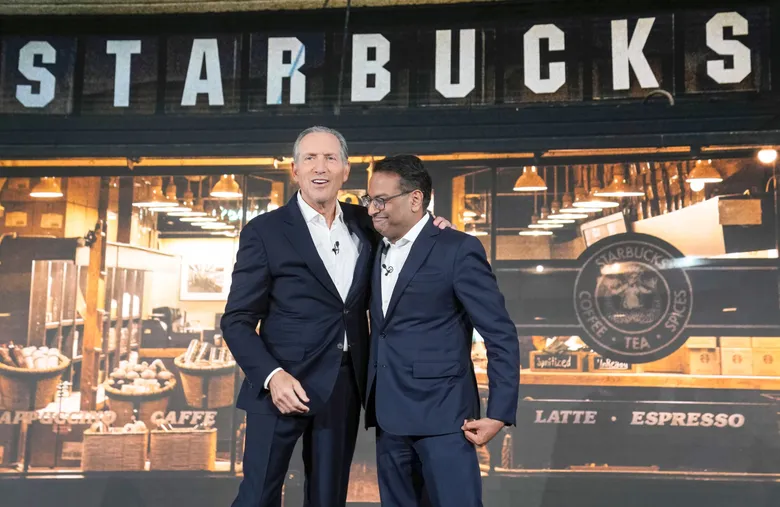Key Highlights
The recent leadership shift has caught the attention of many, especially as it marks the sudden departure of Starbucks CEO Laxman Narasimhan. Narasimhan, who took the helm at Starbucks in 2023, faced significant challenges during his tenure, including declining sales, rising competition, and geopolitical tensions. Despite his efforts, Starbucks struggled to regain its former glory, leading to Narasimhan’s unexpected exit and replacement by Brian Niccol, the current CEO of Chipotle. In this article, we will explore the factors that contributed to Starbucks’ struggles under Narasimhan, the implications of the leadership change, and the professional journey of Narasimhan.
Challenges Faced by Starbucks Under Laxman Narasimhan
Falling Sales
One of the most pressing challenges that Laxman Narasimhan encountered during his tenure as Starbucks CEO was the decline in same-store sales. In April 2024, Starbucks reported its first drop in same-store sales in nearly three years, which led to a downward revision of the company’s annual sales forecast. This decline was evident in both the U.S. and international markets, reflecting the broad-based difficulties the company faced.
Narasimhan acknowledged the challenges during an earnings call, stating, “In a highly challenged environment, this quarter’s results do not reflect the power of our brand, our capabilities or the opportunities ahead.” Despite these assurances, the drop in sales contributed significantly to the financial stress at Starbucks, eventually leading to Narasimhan’s departure.

Rising Competition
The competitive landscape in the U.S. market, Starbucks’ largest, became increasingly difficult during Narasimhan’s tenure. Competitors like Dunkin’ Donuts began introducing new products and offering discounts aimed at attracting younger consumers, particularly Gen Z and millennials. Starbucks, in response, ramped up its marketing efforts, spending around $508 million globally in 2023. However, this intensifying competition made it more challenging for Starbucks to maintain its market position and growth trajectory.
Geopolitical Issues
Geopolitical tensions also played a role in Starbucks’ struggles. In late 2023, a tweet from Starbucks Workers United expressing solidarity with the ongoing conflict in Gaza led to widespread boycotts, particularly in the U.S., where the union represented 340 outlets. The backlash was severe, with some estimates suggesting a hit to Starbucks’ market value of around $11 billion. This incident added to the financial pressures that Narasimhan had to navigate, further complicating his efforts to stabilize the company.
Rising Coffee Prices
Another significant challenge was the rising cost of coffee. Since 2023, coffee prices have been on an upward trend, driven in part by adverse weather conditions in Brazil, a major coffee producer. The increase in costs squeezed Starbucks’ profit margins, forcing the company to pass on these costs to consumers, which in turn affected sales. This factor, combined with the other challenges, created a difficult environment for Narasimhan to operate in.

Leadership Change and Its Implications
The leadership change at Starbucks was abrupt, with Laxman Narasimhan stepping down as CEO and as a member of the board, effective immediately. He was replaced by Brian Niccol, the CEO of Chipotle, a move that signals Starbucks’ desire for a fresh approach to address its ongoing challenges.
Niccol’s appointment could bring a shift in strategy, especially given his success in turning around Chipotle’s fortunes. However, the sudden change also raises questions about the direction Starbucks will take under new leadership and how it will address the underlying issues that led to Narasimhan’s exit.
Laxman Narasimhan’s Professional Journey
Laxman Narasimhan’s career is marked by significant achievements across various industries. Born in Pune, India, Narasimhan earned a degree in Mechanical Engineering from the University of Pune, followed by advanced studies in international relations and finance from the Lauder Institute and an MBA from the Wharton School of the University of Pennsylvania.
Narasimhan spent 19 years at McKinsey & Company, where he played a pivotal role in advising companies in sectors such as consumer goods, retail, and healthcare. His career then led him to PepsiCo, where he held several key positions, including Global Chief Commercial Officer and CEO of PepsiCo Latin America.
Before joining Starbucks, Narasimhan was the CEO of Reckitt, where he focused on growing the company’s e-commerce business and supporting the workforce during the COVID-19 pandemic. His tenure at Starbucks, though brief, was marked by his emphasis on work-life balance, and he gained attention for his policy of not working past 6 pm.

Laxman Narasimhan’s tenure as Starbucks CEO was fraught with challenges, from declining sales to geopolitical tensions and rising costs. Despite his extensive experience and efforts to steer the company through these difficulties, the pressures proved too great, leading to his sudden departure. As Starbucks transitions to new leadership under Brian Niccol, the company faces the task of addressing these challenges head-on while striving to regain its standing in the global coffee market. The story of Narasimhan’s leadership at Starbucks serves as a reminder of the complex and often unpredictable nature of leading a global brand through turbulent times.
For Latest News Updates click here.
